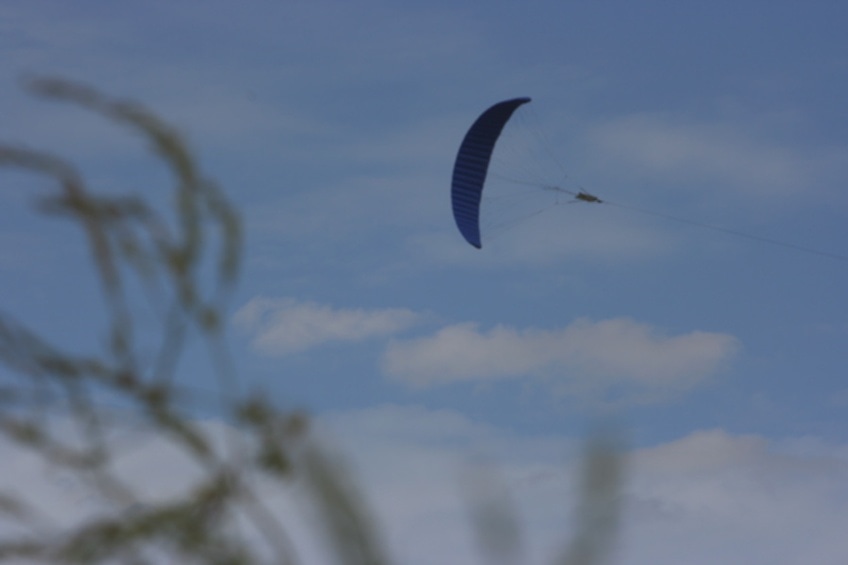Jun 13 2019
The use of kites to trap wind energy and convert it into inexpensive “green” electricity could soon be within reach, with EPSRC-sponsored research at Imperial College London playing a vital role in facilitating this feat.
 (Image Credit: EPSRC)
(Image Credit: EPSRC)
Associated with a wider Innovate UK-funded project, a research team at Imperial’s Department of Aeronautics has enabled a kite-energy device through its paces with the help of a wind tunnel that is part of the EPSRC-supported National Wind Tunnel Facility (NWTF).
The data generated has helped Glasgow-based Kite Power Systems (KPS)—a company focused on commercializing kite energy by 2025—to enhance its device to refine its effectiveness and efficiency. This is allowing the company to move the concept to the next phase of development.
Kite energy would require a specially designed kite to be tied to a spool using cables. As the kite flies about in the wind—in a figure-of-eight pattern—the cable is pulled and the spool begins to turn, and the motion of the drum is harnessed to produce electricity. Kites of this kind could be arranged in groups at offshore sites, where installations could yield substantial amounts of competitively priced power.
The wind tunnel tests at Imperial checked the “load” that a model of the kite-energy device measuring 3 m x 1 m was exposed to, as well as the impact of “drag” as it maneuvered. As kite-energy devices would be engineered to move in the air at speeds close to 80 m/second, these forces could be very sizable, so the design has to integrate agility with robustness.
We treated both a fabric model of the kite-energy device and a rigid aerofoil model of the cross-sections and the data gathered has helped KPS assess this design. Our work has also helped inform the choice of materials that will be used in the devices. The consortium involved in the Innovate UK project included a lot of industrial backing, but Imperial has been the only academic partner involved. Our work has therefore played a distinctive role in enabling the concept to move forward.
Mike Graham, Professor and Study Lead, Imperial College London
The wind tunnel at Imperial that was used in the test comprises of an 18 m-long high-speed working section and a large low-speed section of just under 6 m wide and 3 m high. It is one of the three wind tunnels at Imperial included in the NWTF.
The NWTF consists of 17 wind tunnels located across seven UK universities, collectively providing a world-class facility available not only to universities but also to industrial-based users. It will keep the UK at the forefront of aerodynamics and fluid mechanics research and our work on kite energy has been a great example of its value.
Mike Graham, Professor and Study Lead, Imperial College London
The work conducted in the wind tunnel by Imperial College London as part of the Innovate UK grant was invaluable to our increased understanding of the behaviour of our components. The learning has substantially steered our technology direction and ensures that we are on course for commercialisation by 2025.
David Ainsworth, CEO, KPS
Kite Power Solutions: The new way of harnessing wind energy